Aiming to show that its carbon reduction efforts are not mere "climate-washing," Apple has spotlighted how its Restore Fund is contributing to the restoration of a Brazilian rainforest, and attempts to save over 3,000 types of tree from extinction.
The Restore Fund was launched in 2021 as a partnership between Apple, Goldman Sachs, and Conservation International. It was originally a $200 million carbon removal initiative, but then in 2023, Apple doubled that to $400 million as part of its plans to go entirely carbon neutral.
Now Apple has highlighted how one specific result of its Restore Fund is being seen in South America's Atlantic Forest. Of the estimated 5,000 different species of tree in this forest, two-thirds are at risk of extinction.
In the coastal town of Trancoso in Bahia, Brazil, a company working with Apple is cultivating seedlings from the most resilient of the existing trees.
"We started with the best genetic material possible, harvested in a huge native reserve of the Atlantic rainforest," explains Bruno Mariani, founder and CEO of forest management and investment company Symbiosis. "That would attract a lot of fauna and insects."
This is all tied to Apple's ongoing work in reducing its carbon footprint. Back in 2023, Apple vice president of Environment, Policy, and Social Initiatives, Lisa Jackson said that "the path to a carbon neutral economy requires deep decarbonization paired with responsible carbon removal."
Apple says that the region has been blighted by hundreds of years of logging. But now its partner companies include one that is attempting to restore that forest and make a renewable new source of wood, too.
Working in the same Atlantic Forest but some 1,600 miles southwest of Trancoso, a firm named Forestal Apepu is experimenting with trials of replanting various native species of trees. The intention is that high-quality timber managed on longer growing cycles, will mean more carbon removal.
Education is also part of the Restore Fund, and in the case of Forestal Apepu, that involves working with the local community.
"We have to take care of our neighbors, who should also be our allies," social liason officer Gladys Nunez says. "All of those people from the communities that are working at Apepu, including myself, we are learning every day about forest management, like the health and safety about pesticides or the better use of natural resources."
Apple says that despite working in separate regions of the forest, and having different aims for their projects, all of the work shares common goals. And this applies to the peoples involved and the peoples of the forest.
"It's the cooperation among different species with mutual benefits — the opposite of a parasite," said Mariani of the projects and why he named his firm Symbiosis. "What I want to do is symbiosis. It's a win-win for everybody."
Apple's efforts with its $400 million Restore Fund are a clear and undeniable effort toward reducing the company's carbon footprint. Other efforts, though, have been criticized — including by EU groups — as a "climate-wash," chiefly because Apple is accused of not revealing sufficient details about its supply chain's carbon-neutral efforts.
Without such detail it's not possible to definitively say that Apple's efforts are or are not a climate wash. But the company is clearly leading in genuine carbon removal from its processes, with it completely killing off plastic packaging by the end of 2024.
Apple did reveal in April 2023 that its manufacturing partners use 13.7 gigawatts of renewable energy. At the same time, it confirmed that the supply chain will be carbon neutral by 2030.
Across its millions of iPhones and other devices, though, Apple does use a great deal of paper and cardboard. In 2017, it published a whitepaper detailing its strategy for producing what it needs from sustainable forests.
 William Gallagher
William Gallagher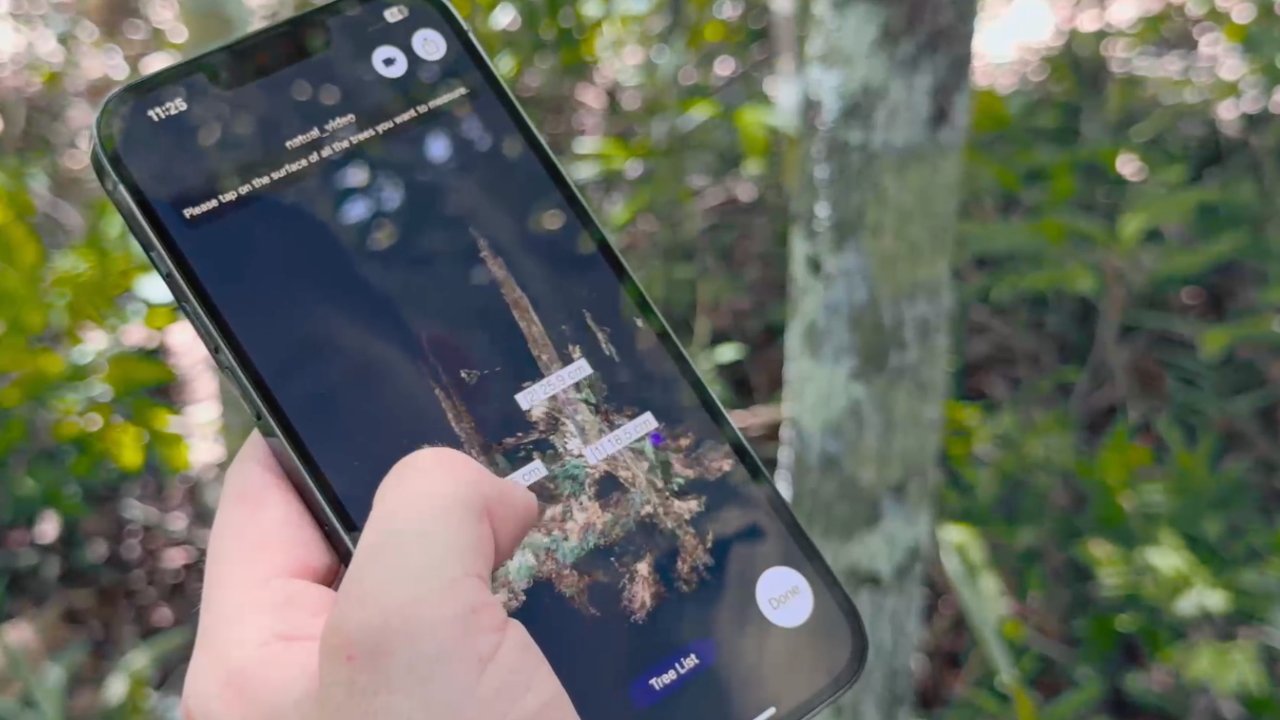
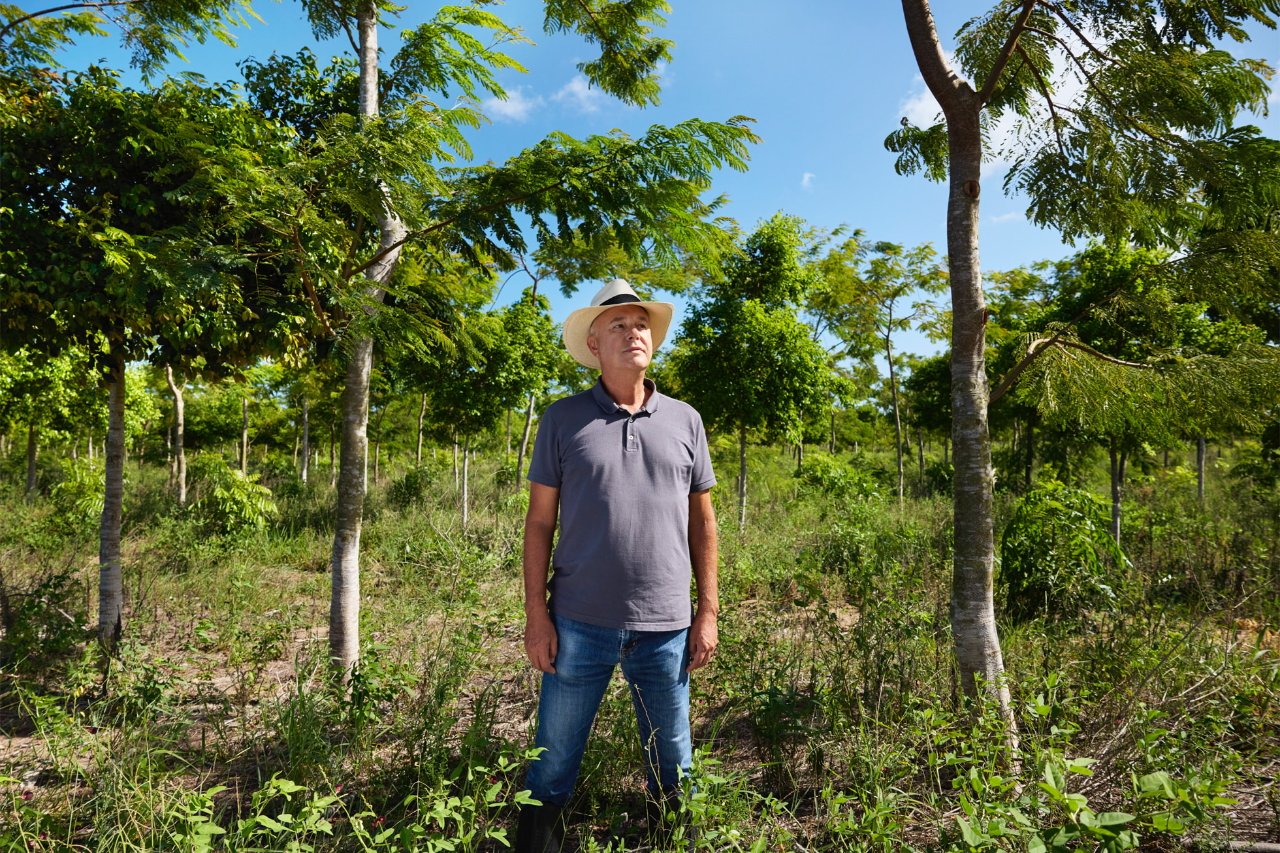
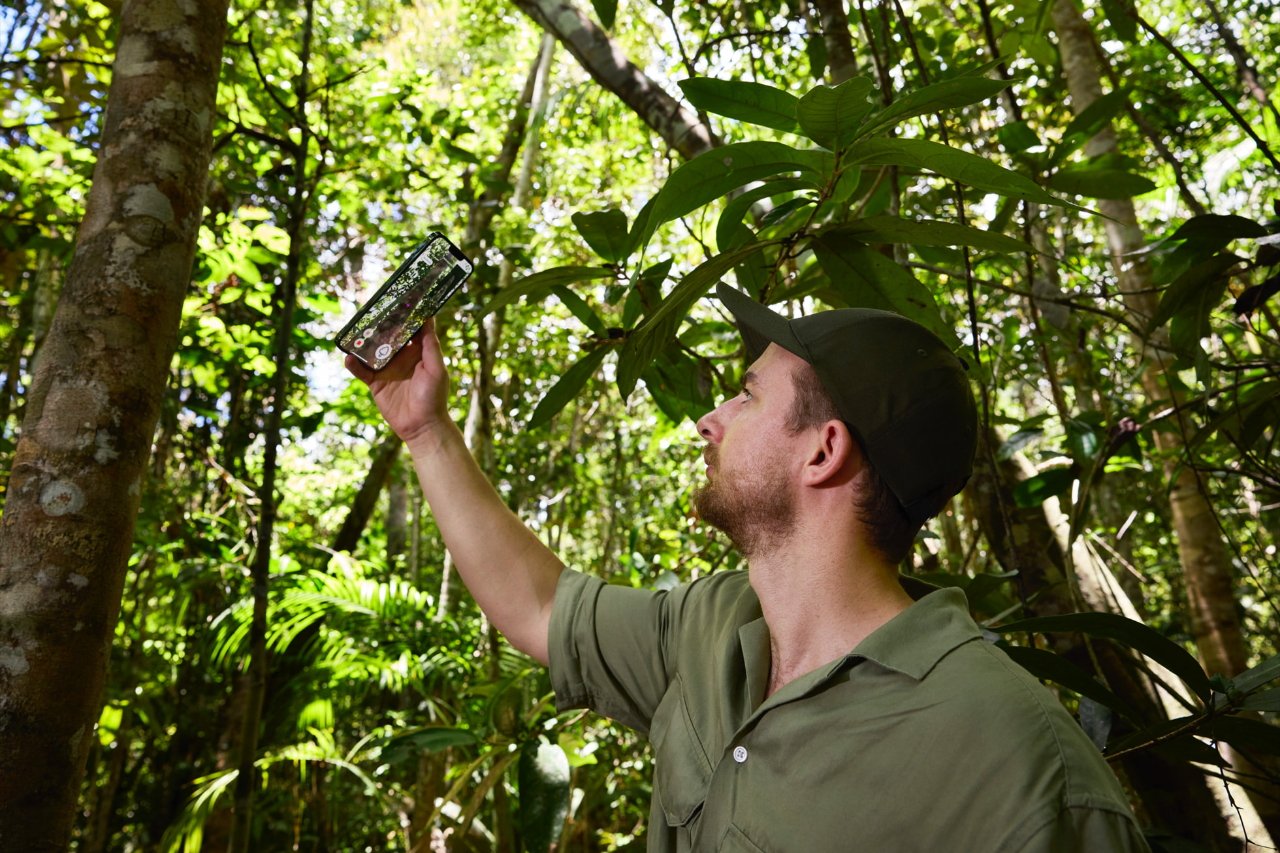
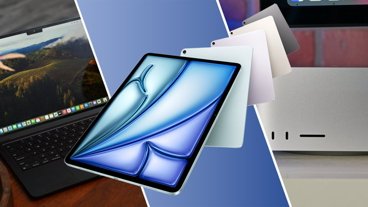


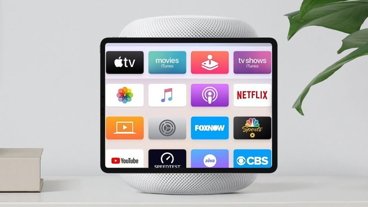
-m.jpg)


-m.jpg)






 Christine McKee
Christine McKee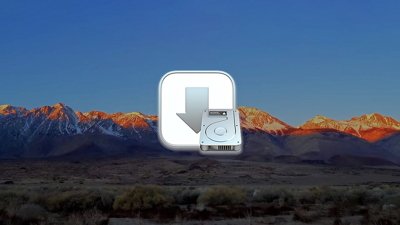
 Chip Loder
Chip Loder
 Oliver Haslam
Oliver Haslam
 Malcolm Owen
Malcolm Owen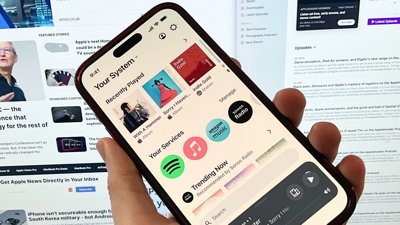
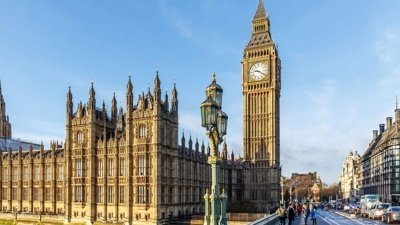
 Amber Neely
Amber Neely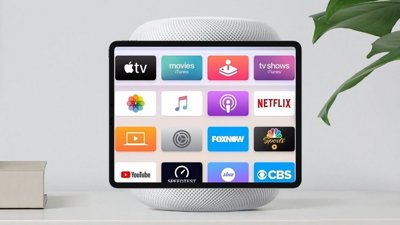

 Andrew Orr
Andrew Orr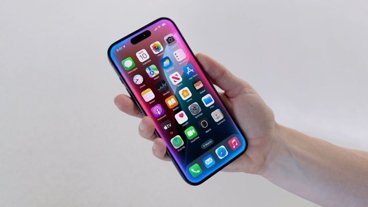
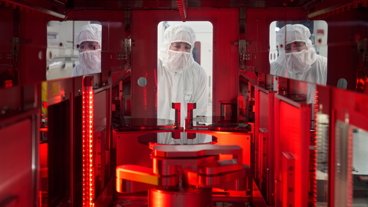
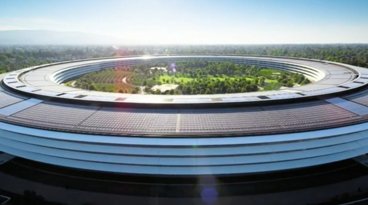






3 Comments
The biggest issue with reforestation projects is that it has to be a 100 year commitment to ensure the carbon stays in the ground from year 30 and beyond where it will do the most good. 50, 75, 100 years of time is a long time for one company to last and a long time for one country to remain stable. It doesn't take much for one or the other to change and the "protected" forest is logged, burned down or becomes untenable because of global warming.
Within 50 to 100 years, direct air capture - sucking CO2 from the atmosphere, chemically binding it to rocks and burying it - will be economically feasible. Like, you can do it in your backyard economically feasible. So, reforestation is basically a stopgap, waiting until direct air capture matures.
A lot of criticism for a tiny part of Apple's carbon neutral plans. The biggest push from these green advocates has to go towards getting power sourced from renewable and carbon-free energy sources. That's the single biggest thing that can be done.
The biggest chunk, about 70%, of a MBA or MBP device's carbon footprint is fossil fuel sourced electricity, including during manufacturing or usage. So, the best thing they can do to reduce carbon footprint is to move manufacturing to electricity sourced more from solar, wind, battery and nuclear. So, they have to keep on getting their suppliers to move to carbon-free energy. That's the mission.
On the user charging front, this naturally gets better as the grid gets higher and higher share of carbon-free energy, but Apple can further reduce usage from the grid by adding solar to their devices. It is at best a passive trickle charge, but the vast majority of time, that's how a laptop and most consumer devices are used. Sitting idle most of the time.
The lid of a laptop is little less than 1 sq ft. 1 sq ft of 22% efficient PV cells gets you about 20 W in direct sunlight and 100 WHr on a typical sunny day if it is facing the sun correctly. For the M3 MBP13, Apple's quote of up to 18 hrs of web browsing on a 53 WHr battery means it is using on average 3 Watts to do that. A PV panel on the lid and even a PV panel on the palm wrest and trackpad in a sunlight room could do 3 Watts. Just keep trying to reduce electricity usage from the grid.